Ion-exchange Chromatography Protocol
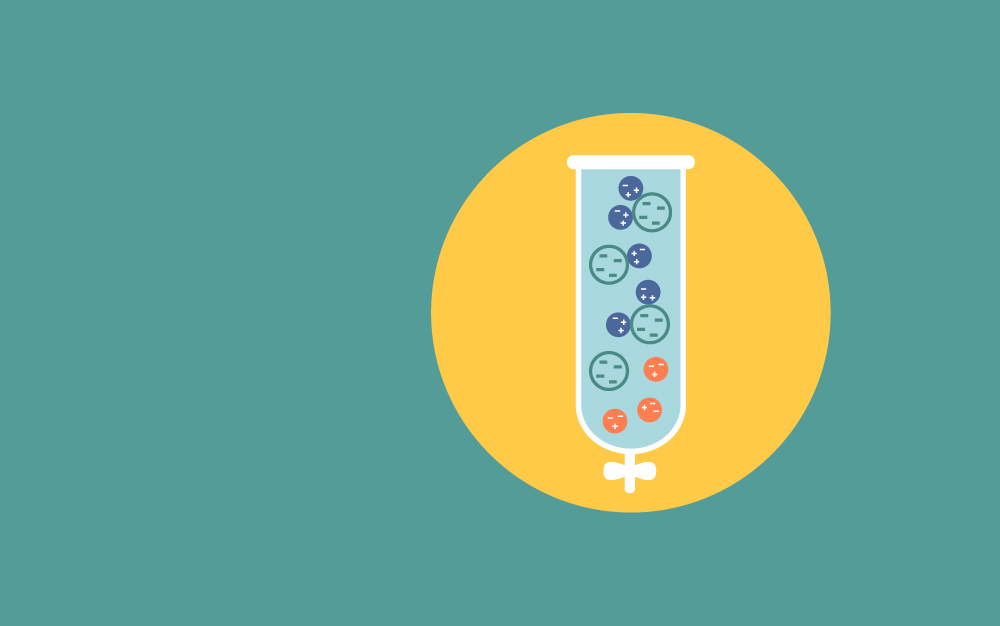
Introduction Ion Exchange Chromatography (IEC) is a powerful liquid chromatographic technique used for bioseparation. The separation is done by a reversible interaction between charged molecules of the sample with charged ligands attached to a column. The method offers a sizeable sample-handling capacity, powerful resolving ability, broad applicability, moderate cost, and ease of handling. These characteristics […]
High performance liquid chromatography (HPLC) Protocol
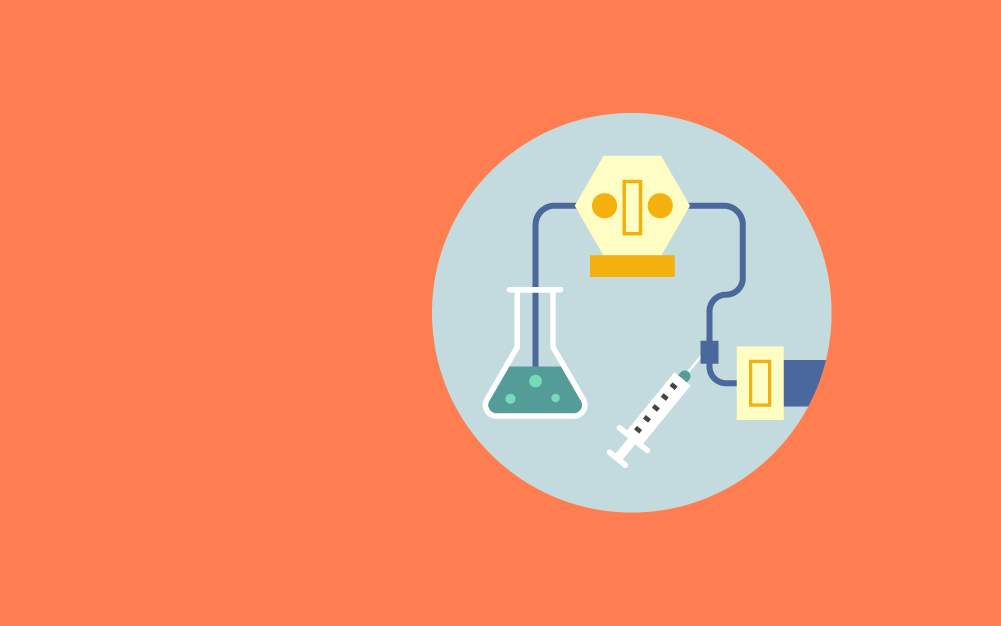
Introduction High-performance liquid chromatography (HPLC) is a powerful separation technique used for the analysis of ions, proteins, and organic molecules. HPLC is based on the mechanisms of adsorption, partition, and ion exchange, which depend on the type of stationary phase used. The technique involves a solid stationary phase, usually enclosed in a stainless-steel column, and […]
KJELDAHL Method Protocol

Introduction and Principle The Kjeldahl method was developed by a brewer called Johann Kjeldahl in 1883. The protocol is built on the principle that strong acid helps in the digestion of food so that it releases nitrogen which can be determined by a suitable titration technique. By observing the nitrogen concentration of the food, the […]
Protein Quantification Protocols

Introduction: Quantitative Method The estimation of proteins via the quantitative method is one of the basic requirements in biochemistry. Proteins, from various perspectives, are substantially more complex than nucleic acids. Thus, it has been hard to give laboratory protocols that can be applied to proteins. The precise quantitation of the amount of protein during the […]
SDS-Polyacrylamide Gel Electrophoresis at Neutral pH (NuPAGE)
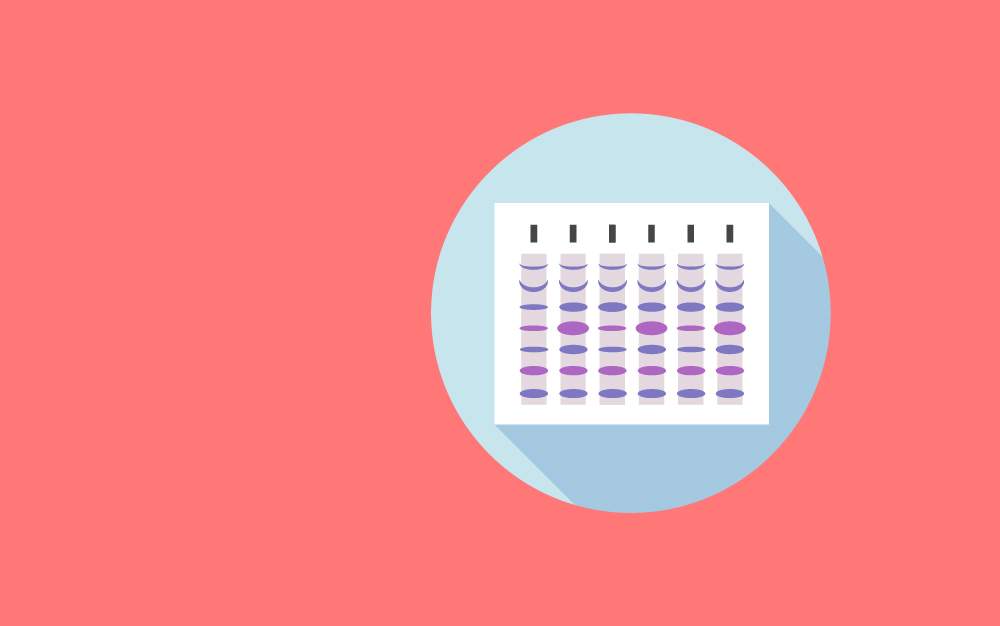
Introduction and Principle The traditional Laemmli system denaturing conditions are stimulated by the Invitrogen NuPAGE SDS-PAGE gel system which is a revolutionary high-performance polyacrylamide gel electrophoresis system. NuPAGE gels use a unique buffer formulation to maintain a neutral operating pH during electrophoresis, which minimizes protein modifications that can result in poor band resolution. Gels are […]
Nucleic Acid Quantification Protocols
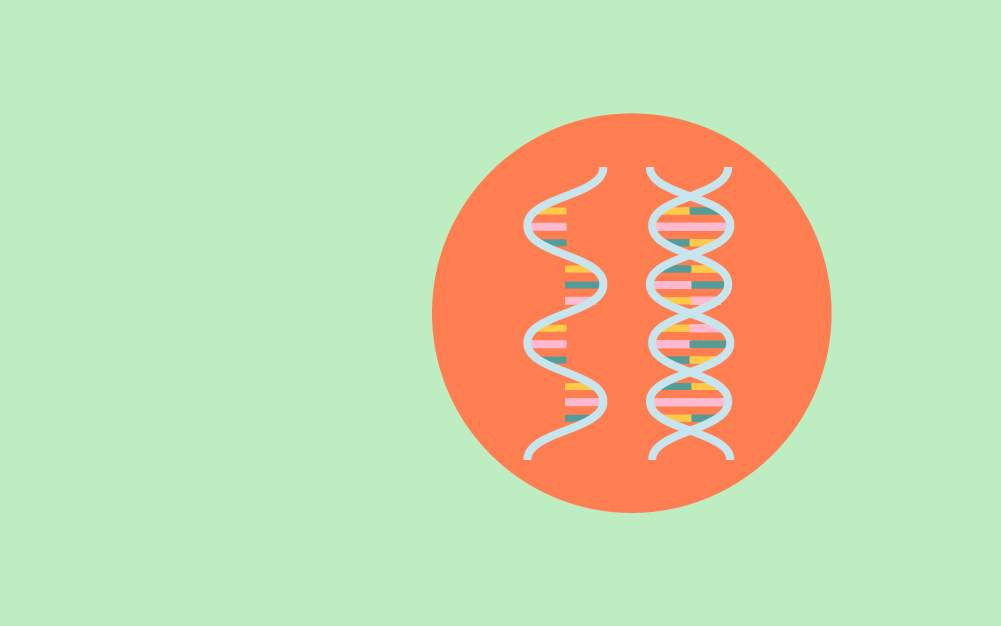
Introduction: Quantitative Method DNA and RNA quantifications are broadly utilized in biological and biomedical research. Over the last ten years, many technologies have been developed to enable automated and high-throughput analyses. We are going to learn the assays and different methods of how DNA and RNA quantifications are carried out. Introduction and Principle: SCHMIDT […]
Quantitative Phosphate Protocol
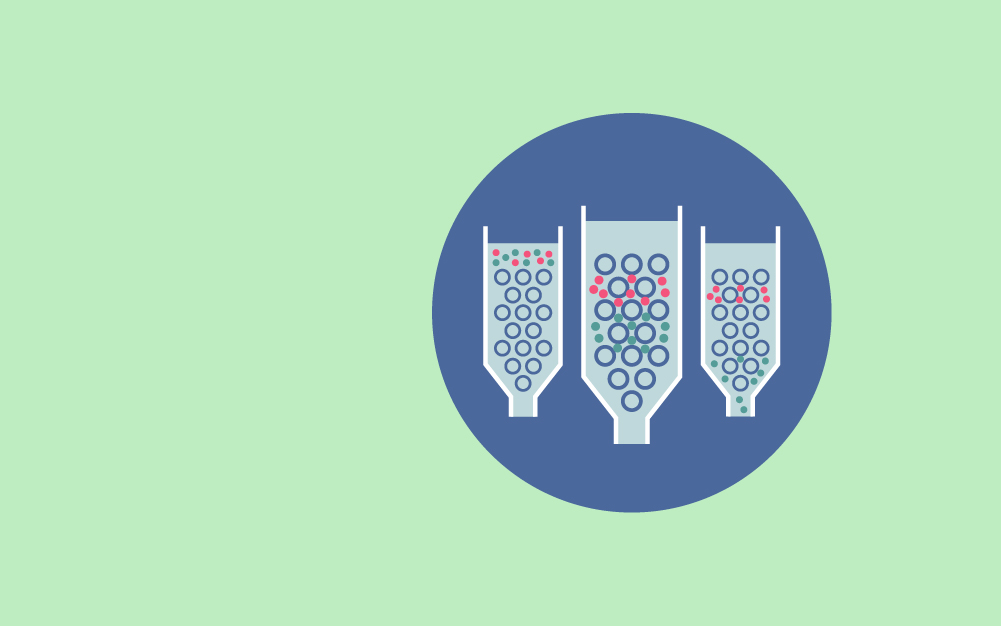
Introduction: Determination of Inorganic Phosphate in Biologic Samples To find out the inorganic phosphate in a protein-containing liquid biological sample an aqueous reagent comprises an acid. This acid is capable of reacting with the molybdate salt to form molybdic acid for complexation with phosphate to form phosphomolybdate complexes, a molybdate salt, a nonionic surfactant reagent […]
TRICINE-SDS-PAGE Protocol

Introduction and Principle Proteins in the mass range 1–100 kDa are commonly separated by Tricine–SDS-PAGE. For the resolution of proteins less than 30 kDa, it is the preferred electrophoretic system. As compared to other electrophoretic systems, the concentrations of acrylamide used in the gels are lower. Electroblotting is facilitated by these lower concentrations, which is […]
Western blotting Protocol
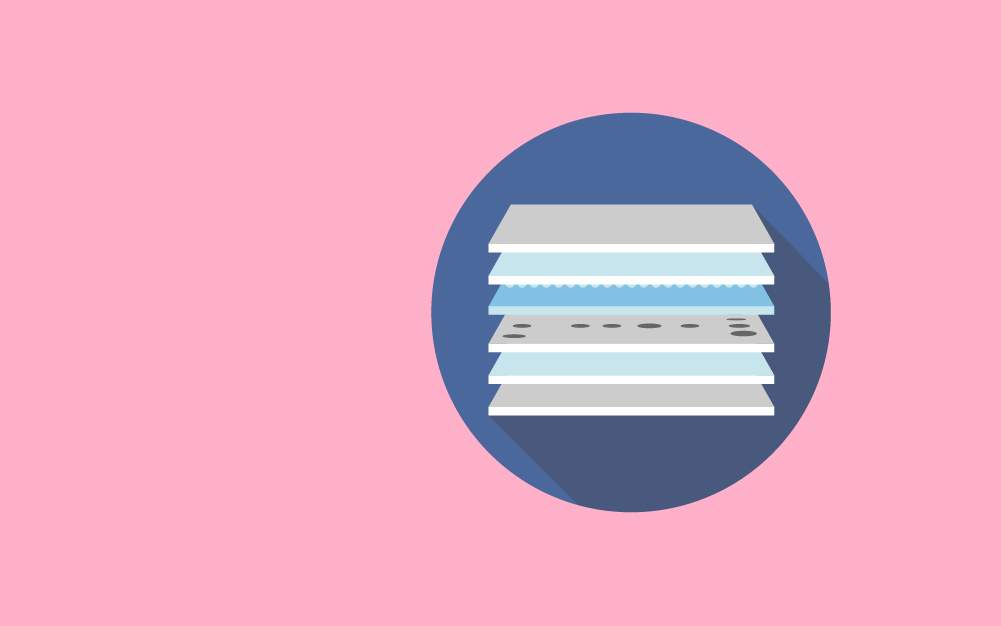
Introduction The Western blot is a biological technique that allows for the specific identification and characterization of proteins. In this technique, the proteins are assorted based on their molecular weight, and type, through gel electrophoresis. The results of the electrophoresis are then transferred to a polyvinylidene fluoride (PVDF) membrane producing a band for each protein. […]
